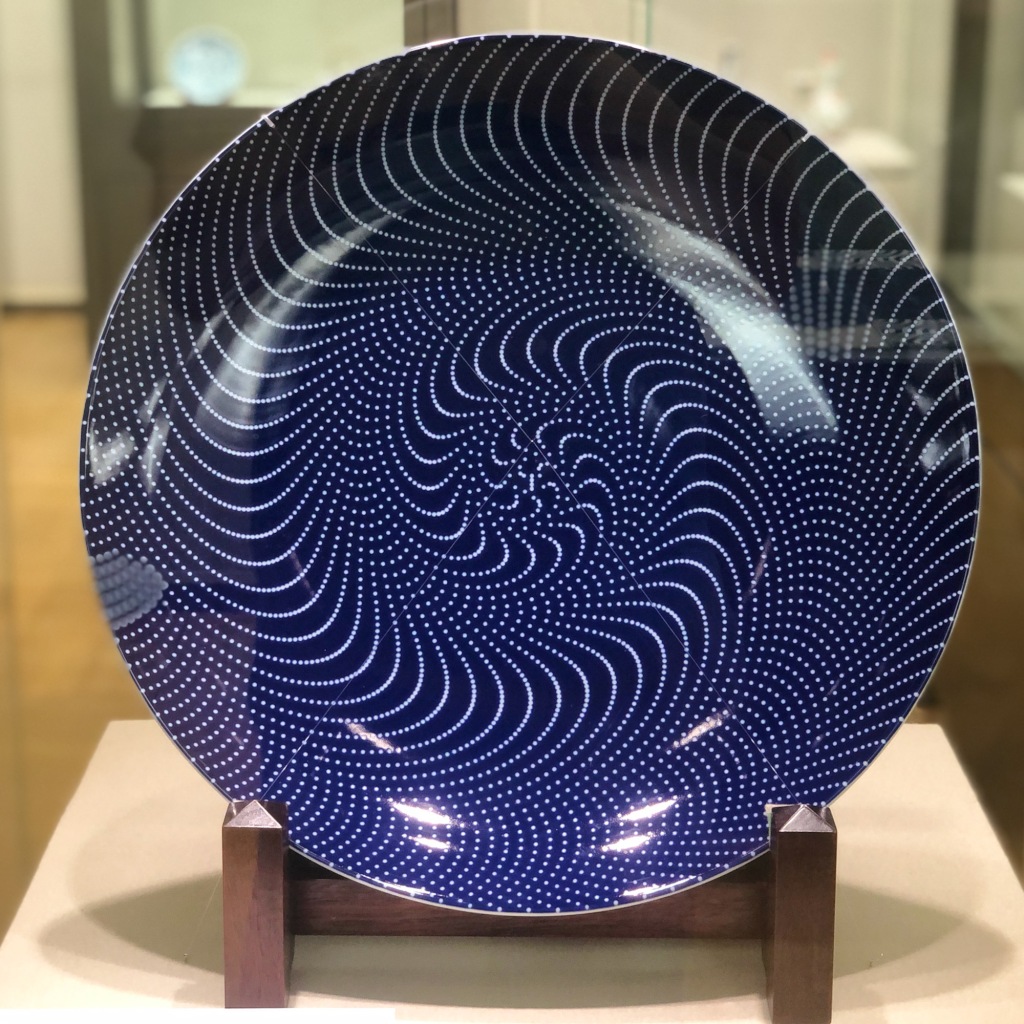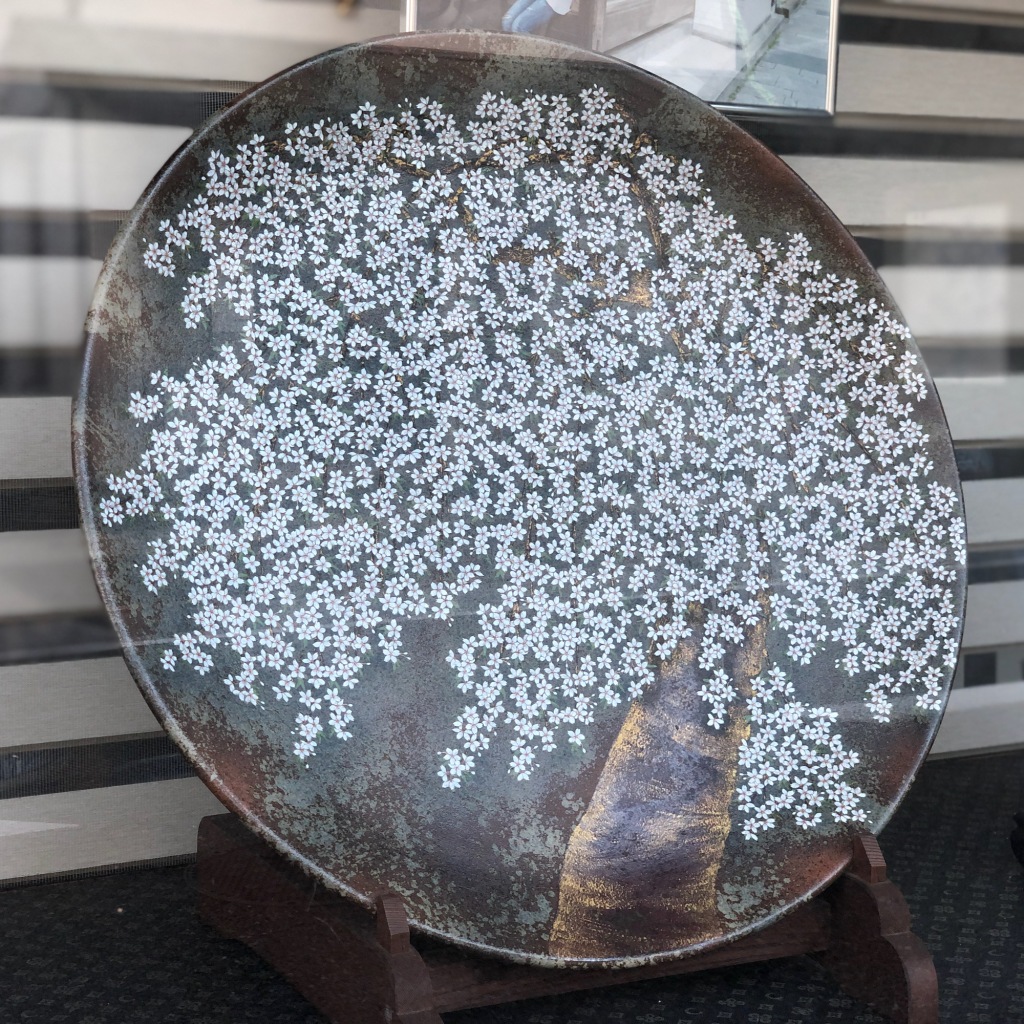In the mid-seventeenth century the nobles of Europe were thrown into an addiction crisis. With the fall of the Ming Dynasty, and the chaos that ensued, where were they to get fine porcelain to decorate their palaces? As luck would have it, a new source of kaolinite — the key mineral in the manufacture of ceramics — was discovered in a much more politically stable region: Tokugawa Japan.
The kaolinite deposits were discovered on Izumiyama near Arita in modern-day Saga prefecture. The ruling clan of the day was Nabeshima, a very shrewd and fascinating clan. They had control of Nagasaki, and so had a window to the outside world.
(In fact, a couple hundred years later in the 1840s Nabeshima Naomasa would use the foreign intelligence he gathered through Nagasaki channels to find out about the Opium Wars and the coming wave of colonialists and their modern weapons. He made the astute decision to start looking into developing modern weapons, building Japan’s first reverberatory furnace used to make modern cannon. When Perry’s Black ships came, the shogun ordered 50 of these cannons to be positioned on Odaiba, at Tokyo Bay. Later, Nabeshima and his people went on to be very important in the new Meiji government. A very fascinating house.)
Anyways, back to Arita. The Nabeshima clan saw an opportunity to fill a gap in global porcelain market, so with the help of Korean potters “brought over” during Hideyoshi’s failed invasion, they founded the craft of Japanese porcelain was born.
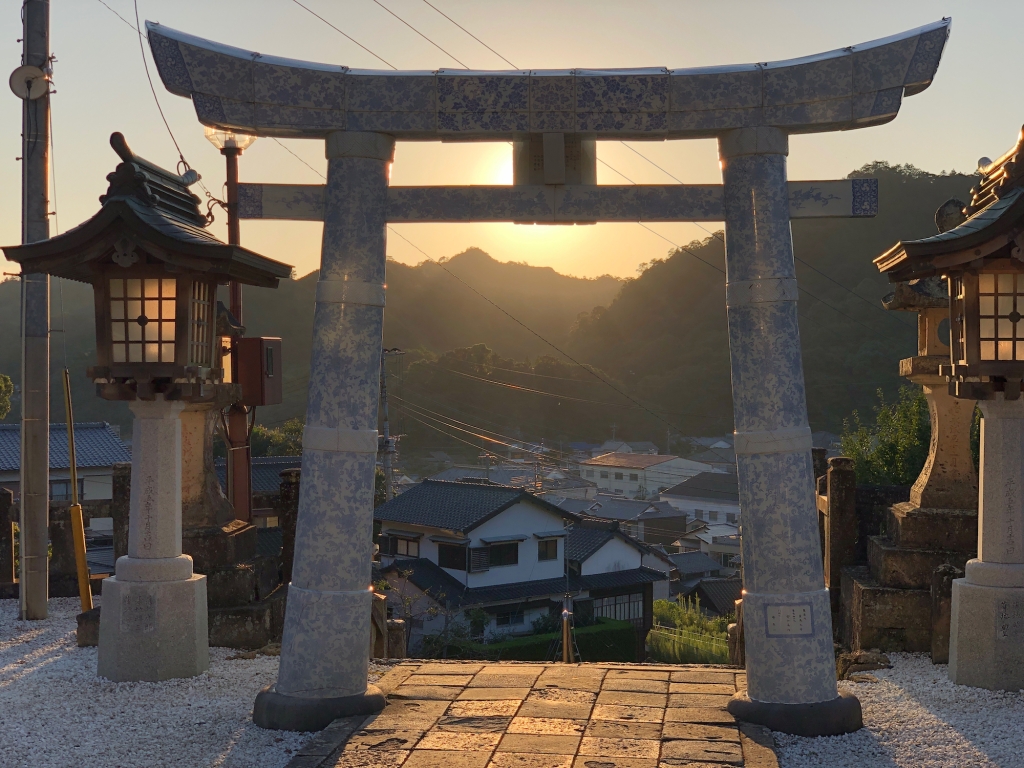
Narrow river valleys wend their way along the foot of Mt Izumi and the surrounding mountains. The town of Arita is nestled in one of these valleys, long and narrow. Other sections of town have worked their way up into other tight gorges and canyons. The town layout sort of resembles the claw of some massive bird or dragon.
Tucked high up in between these mountains is the hidden valley of Okawachiyama, where the Lord Nabeshima hid his valuable potters and their technology from competitors. Nabeshima’s rank had been raised significantly in the military government of the time as he was able to gift magnificent porcelain objets d’art to the shogun, and bring in much revenue from the European aristocracy. Understandably, he wanted to protect his intellectual property.

Many kilns were set up in those mountains, and works were shipped down the Arita River to the port town of Imari where still today there are many ceramic warehouses and merchants lining the river. From there the Arita ware (often referred to as “Imari ware”) would transfer to sea-going vessels which would sail up around Hirado and down to Nagasaki to be sold off to the Dutch and thereon shipped to Europe.
In the mid-seventeenth century Arita must have been a boomtown of ceramic innovation. Potters were both learning how to work porcelain from their Korean teachers, but also trying to make their own mark. One of those early disruptors, to use the modern term, was Sakaida Kizaemon. He invented a style of enamelled porcelain that became world famous. He gave himself the name “Kakiemon” which the style is named after, and for the next 15 generations successive Sakaida men took the mantle of Kakiemon to continue the tradition.
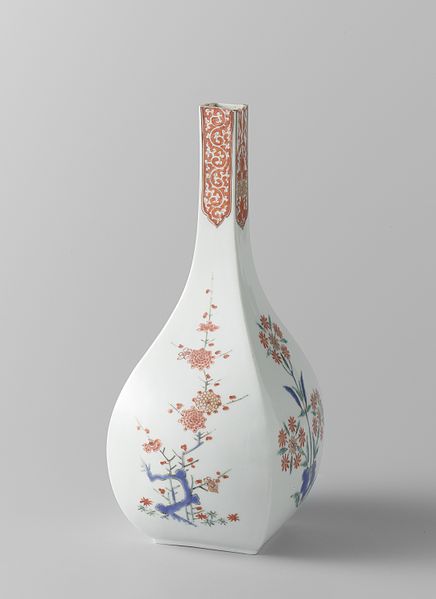

Images of some very nice Kakiemon pieces I like that appeared in the book from WikiCommons. Vase, Dish
This is an important tradition in Japanese culture, so I jumped at the opportunity to review a book by the fourteenth Kakiemon for Books On Asia. The Art of Emptiness is an interview collection, and is like sitting down with the fourteenth Kakiemon for an intimate conversation, or more accurately, a lesson. I can imagine sinking into a low couch across from Kakiemon XIV who rhythmically fills the bowl of his pipe with practiced movements. After lighting it and taking a few measured puffs, he turns to a ceramic work on the coffee table (an ashtray?) to point all the characteristics as to why this is a great piece.
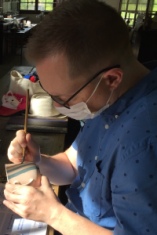
Travelling to Arita, walking through the ceramic shops and museums, and trying my hand at making and painting a piece, gave me a new respect for the ceramic arts. Reading this book gave me a much better appreciation of how complex the process actually is, how the production system of a kiln like Kakiemon works, the dedication of the craftspeople — just how much goes into these works. Partway through reading I started browsing the Kakiemon online store, so that tells you something about the impact of the book!
If you would like to learn a little more, take a look at my review on BooksOnAsia.net →
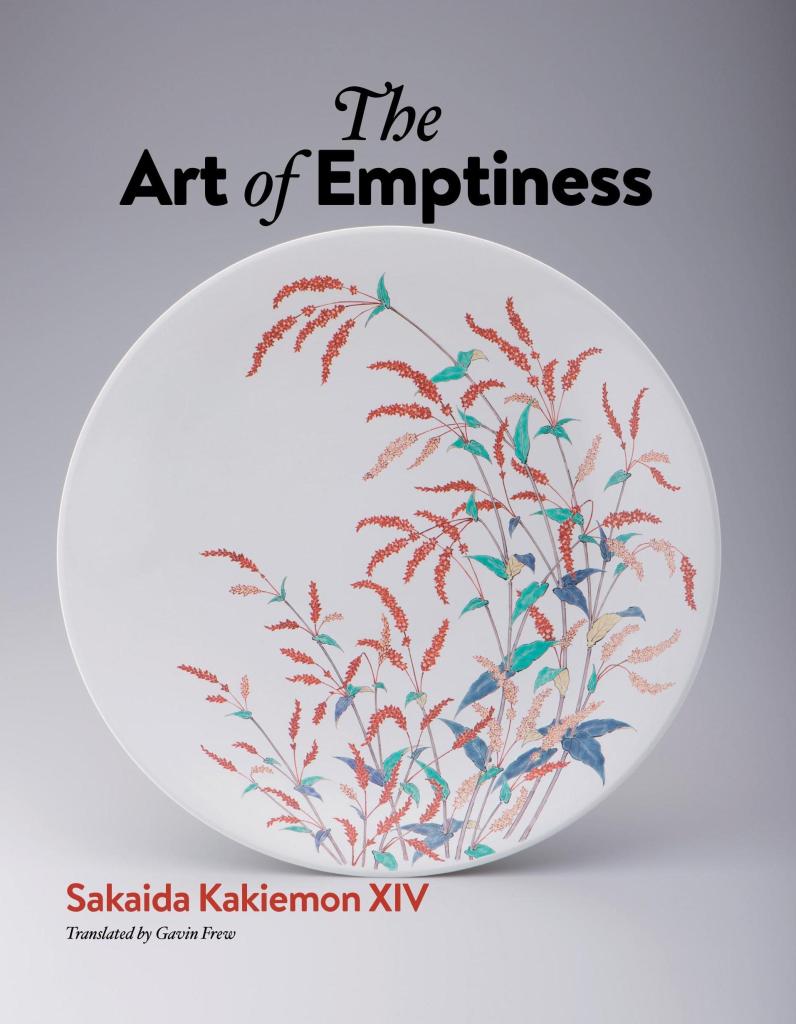
The Art of Emptiness
Sakaida Kakiemon XIV
Translated by Gavin Frew
Published by JPIC, 2019
Here are a few pics of some modern pieces I saw at the Kyushu Ceramic Museum, and also on the streets of Arita. You can see how innovation in ceramics continues, for example, check out this cutting edge ceramic coffee filter →


